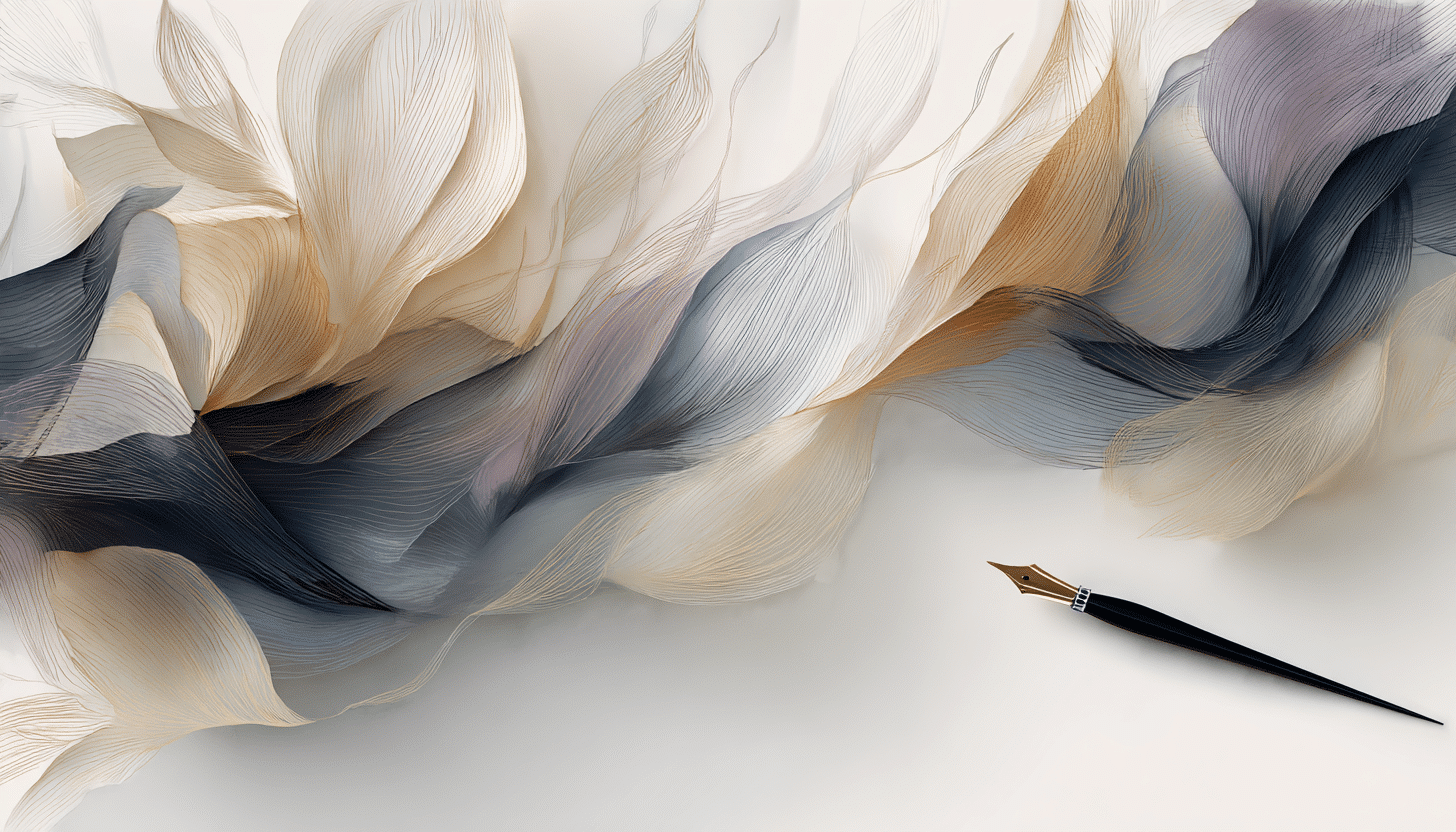What is World Calligraphy Day?
World Calligraphy Day is held every year on the second Wednesday of August worldwide. This global event celebrates the art of beautiful handwriting in all its forms. Calligraphy is not only about style but also about meaning, culture and personal expression. From brush lettering to fountain pen scripts, people use this day to explore how form and function meet in written language. It brings attention to calligraphy as both an artistic practice and a meditative activity. Workshops, online sessions and public events offer access to tools and techniques for all levels. The day makes space for slower, more thoughtful ways of communication in a fast-paced digital world.
Across many countries, people mark World Calligraphy Day by trying out new scripts or materials. Artists create special works, share live demonstrations and offer tutorials to teach others. Schools and libraries often organise activities that allow children to practise handwriting with care and purpose. At the same time, cultural centres use the day to highlight historical writing styles from different regions. Whether Gothic or Arabic, Chinese or Roman, every tradition brings its own rhythm and philosophy to the act of writing.
History and origin
World Calligraphy Day was launched in the United Kingdom by Manuscript Pen Company. The aim was to draw attention to the growing neglect of handwriting in education and daily life. With the rise of digital devices, writing by hand was becoming rare in many countries. The company wanted to give people a reason to reconnect with pens, ink and paper. They also hoped to inspire young people to view calligraphy as a creative outlet, not just a historical skill.
After its launch, calligraphy groups and educators quickly embraced the day. It gained popularity through art schools, social media and lettering communities. Many artists began to organise exhibitions, live workshops and challenges tied to the event. The day expanded beyond the UK and reached participants in Asia, Europe, Africa and the Americas. It offered a shared platform to explore and preserve a wide range of scripts and styles.
Today, World Calligraphy Day has become a yearly anchor point for calligraphers, teachers and enthusiasts. It plays a role in keeping traditional scripts alive and relevant. At the same time, it introduces modern styles that blend design, typography and illustration. Through this balance, the day helps old and new techniques grow side by side. It reminds people that writing by hand still matters, even in a digital age. Many who take part describe it as both relaxing and creatively satisfying.
Who participates in World Calligraphy Day?
- Calligraphy artists: They use the day to share work, offer lessons and connect with new audiences.
- Art teachers: They often organise activities to introduce students to different scripts and tools.
- Design professionals: They explore how lettering and typography connect to calligraphy in their projects.
- Cultural institutions: They host exhibits or workshops to preserve historical writing traditions.
- Beginners and hobbyists: They use the day to try calligraphy for the first time or improve their skills.
Slogans and themes
Many editions of World Calligraphy Day have used slogans that reflect the value of handwriting in modern life. Examples include “The Power of the Pen”, “Slow Down and Write”, and “Make Your Mark by Hand”. These phrases highlight the connection between creativity, rhythm and meaning in written form. Each year, themes vary but often relate to personal expression, cultural heritage or education. The message stays consistent: calligraphy remains a living craft that brings people together.
Colors, symbols and patterns
Colors:
- Black: This classic ink color symbolises tradition, clarity and structure in calligraphy.
- Gold: Often used for decorative lettering, gold reflects the prestige and history of the art.
- White: Seen in contrast work or on dark paper, white suggests elegance and attention to detail.
Symbols:
- Ink bottle: A traditional item that represents the roots of handwritten art and craft.
- Fountain pen nib: A recognisable icon linked to precision, flow and individual style.
- Brush: Common in Eastern calligraphy, the brush stands for expression and control in equal measure.
Patterns:
- Flourishes: Curved extensions in letters that add movement and style.
- Grids: Used for alignment and balance, grids help with consistency in script practice.
- Borders: Decorative frames around calligraphic pieces that emphasise the content inside.
Most used hashtags
- #WorldCalligraphyDay
- #CalligraphyArt
- #HandLettering
- #ModernCalligraphy
- #Kalligrafie
How do you celebrate World Calligraphy Day?
- Join a workshop: Many artists and studios host beginner-friendly sessions online or in person.
- Create your own piece: Use ink, pen or brush to make a personal artwork or nameplate.
- Learn a new script: Pick a style you don’t know yet and try practising its letter forms.
- Share your work: Post your calligraphy online with relevant hashtags to connect with others.
- Visit an exhibition: Some museums or cultural centres display historical writing on this day.
Why is World Calligraphy Day important?
World Calligraphy Day reminds us that handwriting is more than function. Writing by hand shapes how we think, learn and express ourselves. It builds memory, fine motor skills and personal discipline in ways typing does not. The day draws attention to how calligraphy combines both structure and freedom. It keeps alive a craft that has shaped literature, law, art and religion throughout history.
The event also opens doors to creative careers and new interests. Many people start with curiosity and discover a passion that grows over time. Teachers use it to reintroduce writing in classrooms in meaningful ways. Artists find new ways to blend traditional tools with modern design. World Calligraphy Day proves that a simple pen stroke can still hold lasting value.
Features
Second Wednesday of August: Calligraphy Day
Why do you keep falling for the same type?
Read the article Lovemaps: the hidden blueprint of our love.

